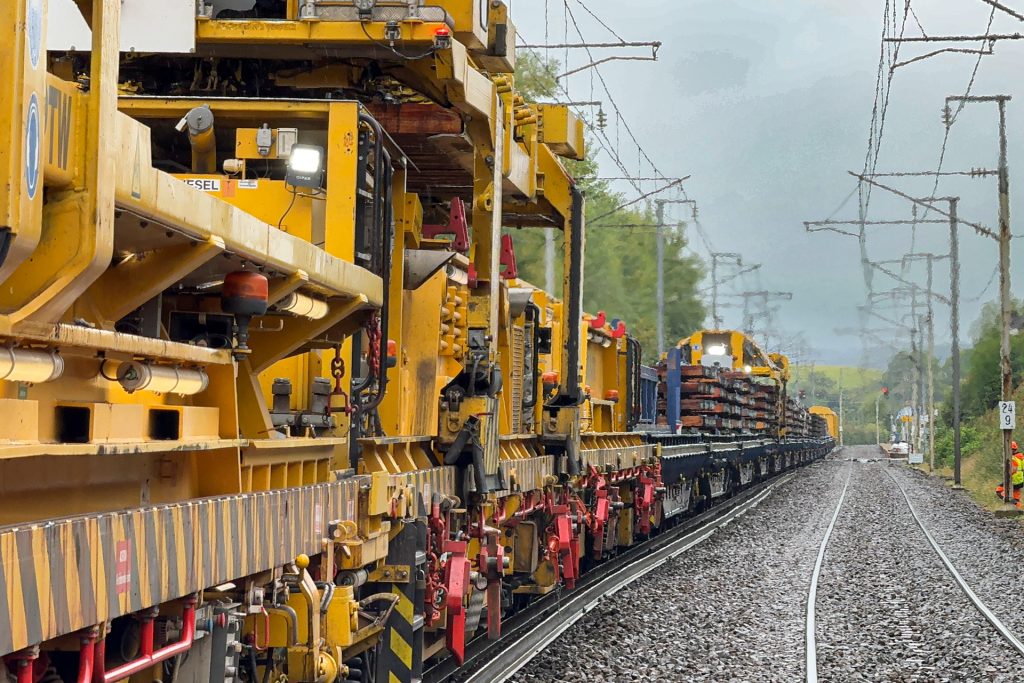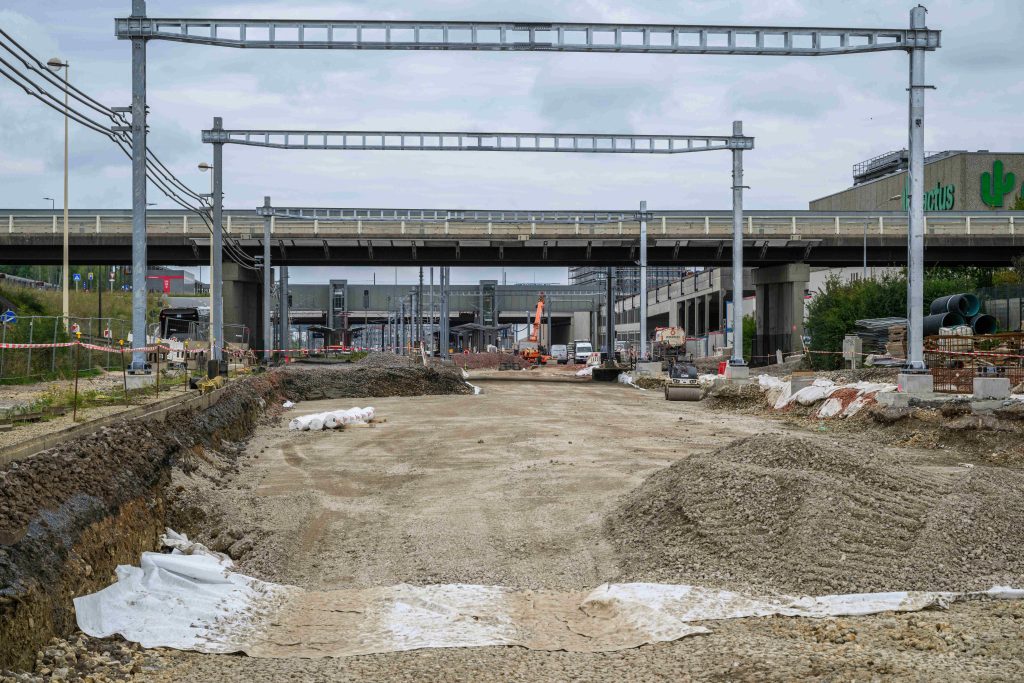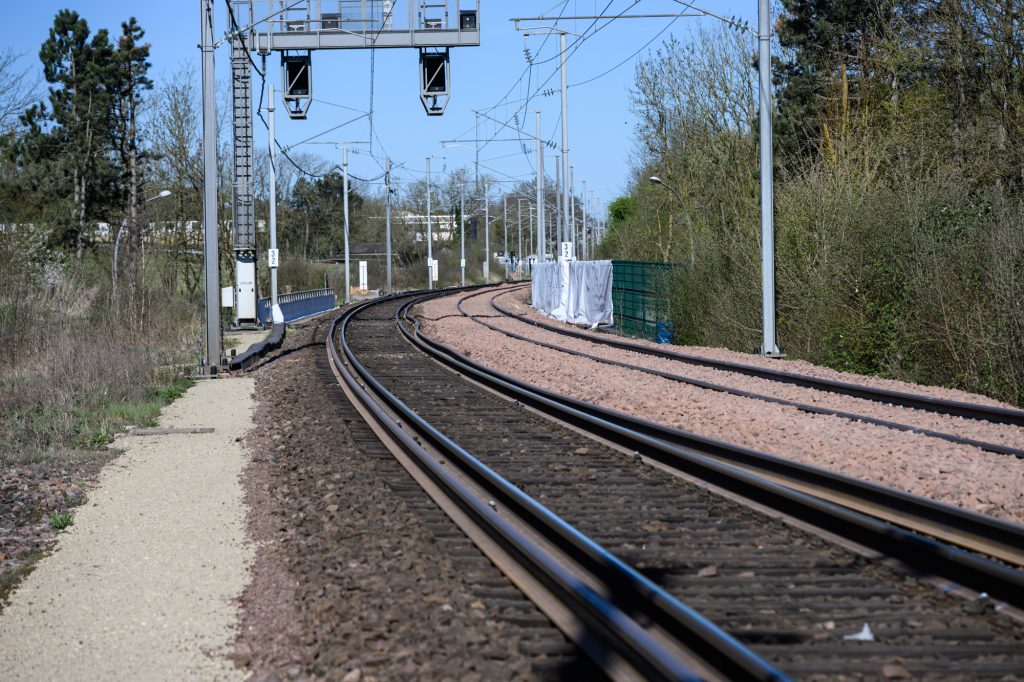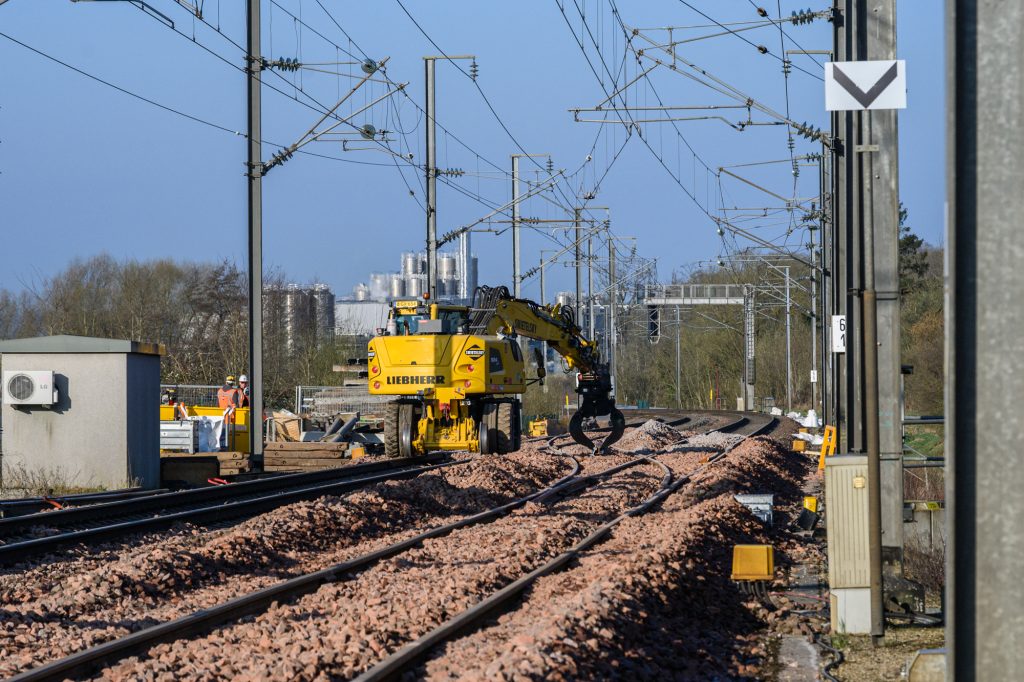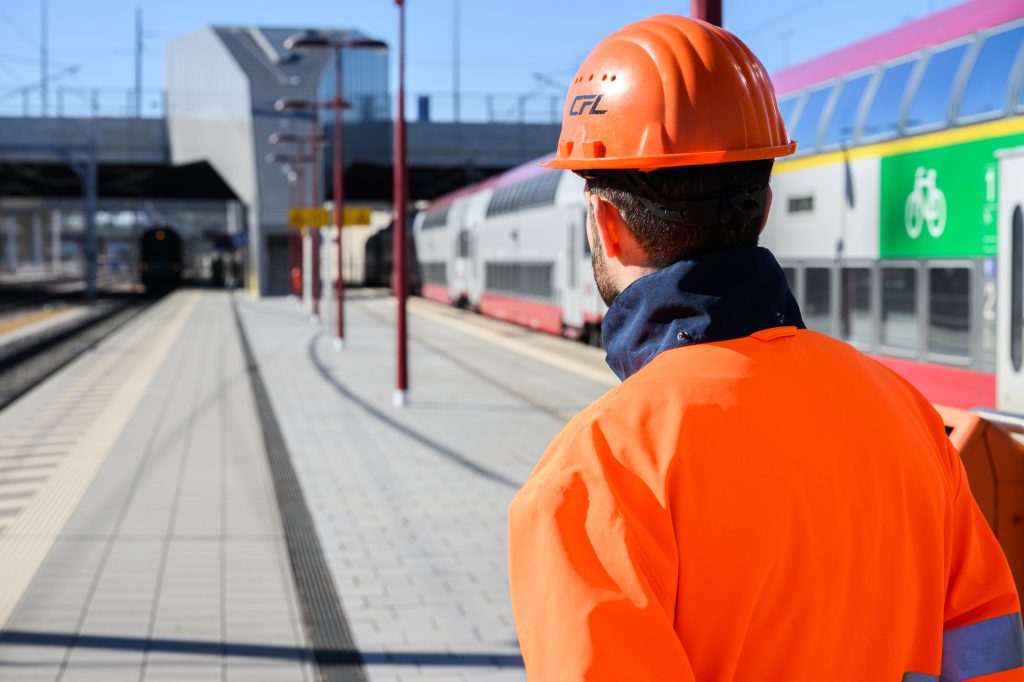
Key questions about the CFL works
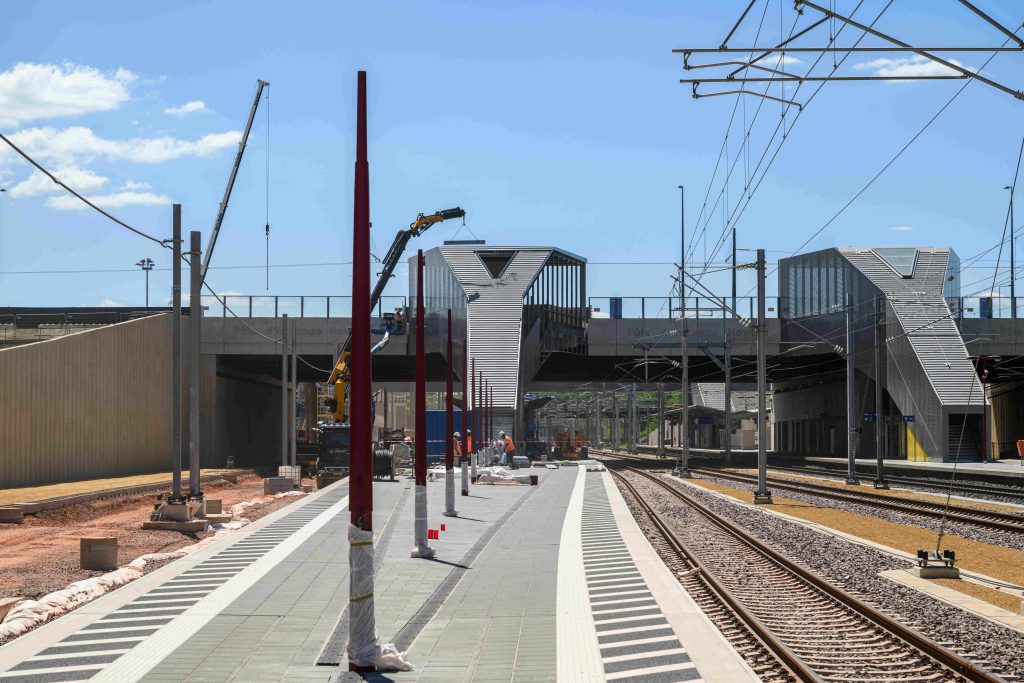
To continue to guarantee the impeccable condition of rail infrastructure and meet growing mobility needs, four lines are affected by works until 14 September 2025. Here’s an overview of the work in a few questions.
What are the CFL's objectives for the construction work?
The CFL want to remain the first choice as a mobility service provider and sets high standards for quality and safety. In this context, punctuality and train availability play an important role. Operating more trains is not enough; the rail network must also be adapted and expanded. To ensure that rail remains attractive, the CFL are pursuing the following objectives:
Relieving particularly busy sections of the network
Some sections of the network, particularly between Bettembourg and Luxembourg, are served by several train lines. New tracks are needed so that more trains can be deployed in future without placing additional strain on the rail network at these bottlenecks. A new seven-kilometre line is being built between Bettembourg and Luxembourg for this purpose. In future, trains on the Luxembourg–Thionville–Metz and Luxembourg–Esch/Alzette–Rodange routes will be able to run on different tracks. This additional capacity will create new opportunities, such as additional trains, without negatively affecting punctuality or reliability. The new tracks will also make it possible to reintroduce the direct connection between Volmerange-les-Mines and Luxembourg.
Rebuilding strategically important stations, optimising train services
Large stations are being rebuilt and expanded to prevent trains from different routes getting in each other's way. The aim is to enable trains on different routes to run separately from each other in stations, i.e. without crossing each other. By allocating ‘dedicated’ tracks, it can be ensured that any disruptions to one train line do not automatically affect trains on other routes.
At Luxembourg Station, for example, all the country's lines converge. This station has been undergoing complete renovation since 2018. Two additional platforms and four additional tracks are creating more space for trains, and the renovation of the tracks and a new route layout mean that each train line is being assigned its own track. This optimises train traffic and ensures greater punctuality.
The railway line currently under construction between Bettembourg and Luxembourg is also following this example. From the end of 2027, it will run separately from the existing line from Bettembourg station via Howald to the capital – without any crossings and therefore more punctually.
Creating longer platforms for longer trains
The CFL want to use longer trains so that more customers can have a seat. This means that the platforms must be long enough for customers to board and alight comfortably. In large stations, this will result in platforms of at least 250 metres in length. These will then also provide the necessary space for trains with up to 1,000 seats.
Easy connections between trains, buses, railways and cars
To make it easier for customers to connect different modes of transport, the CFL are building transfer platforms. With large P+R facilities in Rodange, Mersch and Troisvierges, for example, the CFL are already encouraging people to leave their cars at home and continue their journey comfortably by train. Over 80 bike boxes across the country offer secure storage for bicycles at stations and convenient access to trains. Buses, trams and trains are in the immediate vicinity, and onward journeys are just a stone's throw away. Attractive mobility is simple mobility.
High safety standards ensured through constant maintenance
Similar to roads, aeroplanes and cars, rails, sleepers, points, etc. also need to be maintained regularly. This work is not only important for comfort, but also promotes safety on Luxembourg's railways. Every 25 to 30 years, tracks must be renewed. This is due to wear and tear, for example on rails or ballast, over which trains weighing hundreds of tonnes travel every day.
Why do these works take so long?
Rail plays an essential role in the mobility of the Grand Duchy and the Greater Region. In just under 20 years, the number of train passengers has more than doubled. The conversion and expansion of the rail network is therefore more necessary than ever.
The work on the Luxembourg rail network is like open-heart surgery and is being carried out in part while the network remains in operation. Some work, however, requires the closure of an entire line or part of a line. These types of line closures must be concentrated during school holidays, as this is the only time when there are fewer passengers and the necessary replacement buses are available. Work on the rail network is also very complex and requires the involvement of many different trades (civil engineering, track construction, welding, work on the 25,000-volt overhead lines, etc.).
Work on the rail network is therefore time-consuming, complex and, at least as far as line closures are concerned, must be kept to a minimum.
Why does train service between Luxembourg and Bettembourg have to be suspended for two months in the summer of 2025?
Everyone agrees: punctual trains are good trains. Due to rising demand, the CFL have recently introduced more and more trains. This has led to bottlenecks at some points on the Luxembourg rail network, particularly on the section between Bettembourg and Luxembourg.
To relieve the existing line between Bettembourg and Luxembourg, a new seven-kilometre-long railway line is being built in the immediate vicinity. It is scheduled to go into operation in September 2027, with the tracks to be laid in 2026.
Work has been in full swing for several years and will continue in 2025.
This year, the focus is on connecting the future (new) line between Bettembourg and Luxembourg, including the Howald interchange platform.
To ensure that the Luxembourg – Esch/Alzette – Rodange and Luxembourg – Thionville – Metz lines can operate separately, an additional platform is being built in Howald. Work on the second platform is scheduled for completion in the summer. This is another milestone, as once the work is complete, the existing line between Bettembourg and Luxembourg will already run via the new second platform in Howald. This is an important requirement, as it is the only way to temporarily take the first platform in Howald, which has been in operation since 2017, out of service to allow work to be carried out on connecting it to the new line.
By the end of 2027, the two lines between Bettembourg and Luxembourg will then run separately, without any crossings, and thus more punctually.
What is the purpose of the work on level crossings?
As intersections between rail and road traffic, level crossings are still potentially dangerous today, especially when all parties involved do not follow the rules. Even today, many road users still put their lives at risk at level crossings by crossing them even when the barriers are closed.
For the safety of everyone, including train staff, the CFL have been pursuing a programme to remove level crossings for several years. On average, 1 to 2 level crossings are removed each year.
The work is carried out in close cooperation with many interest groups, including the bridge and road authorities, the respective municipalities and third parties. A tailor-made solution is worked out for each level crossing. From the decision to remove the level crossing to its actual removal, including alternatives, it takes an average of 10 years.
More than 1,100 replacement bus journeys every day
Details of the replacement buses can be found in the timetable search at www.cfl.lu or via the CFL mobile or Mobiliteit.lu apps.
You can find an overview of the replacement bus services directly at the following link: CFL | We are working for your mobility of tomorrow
